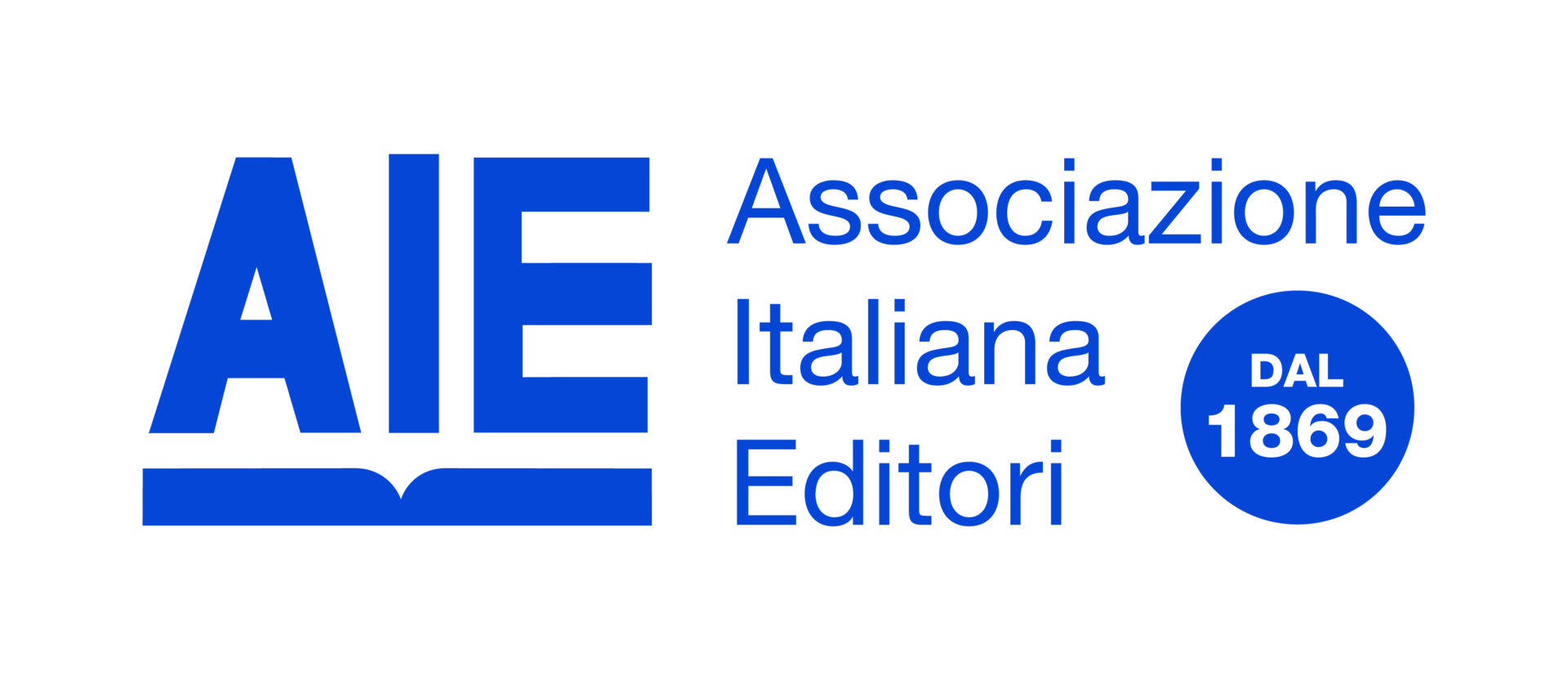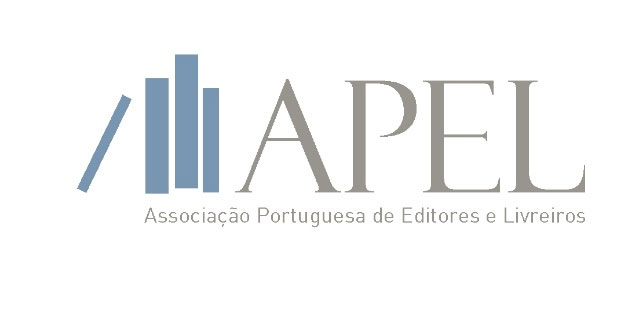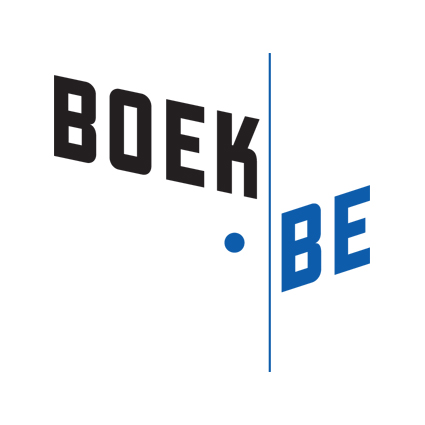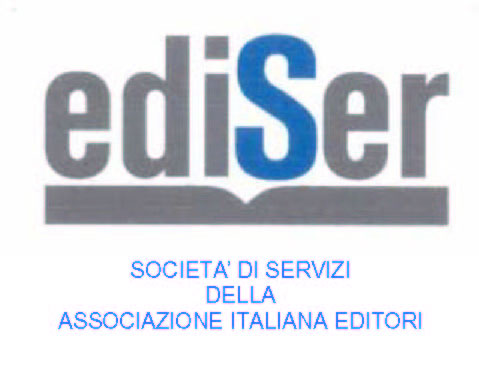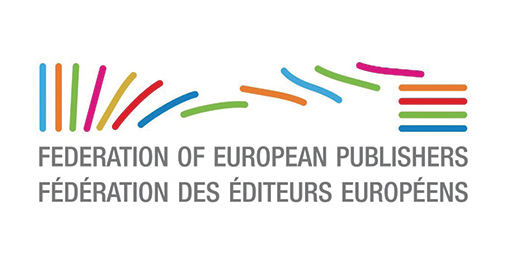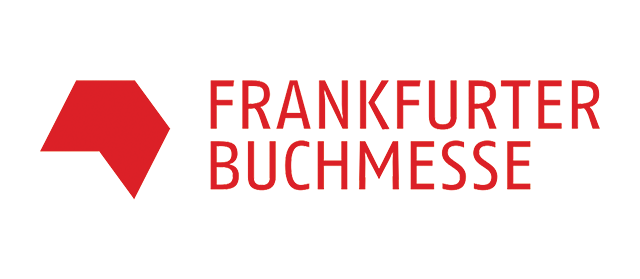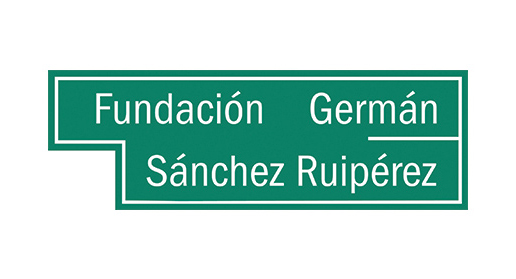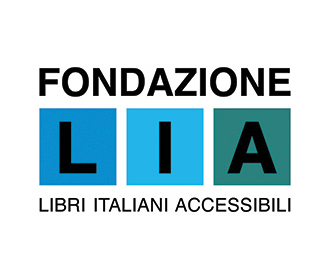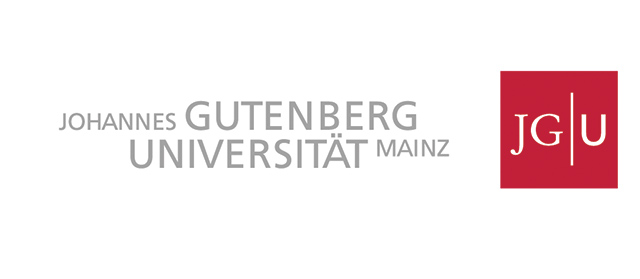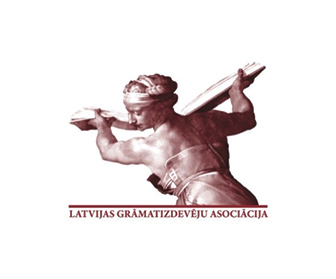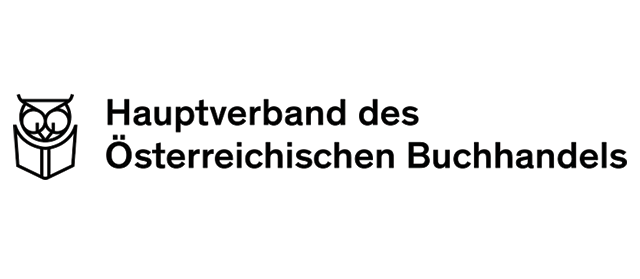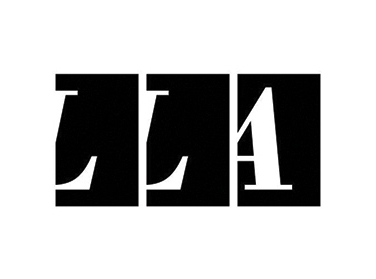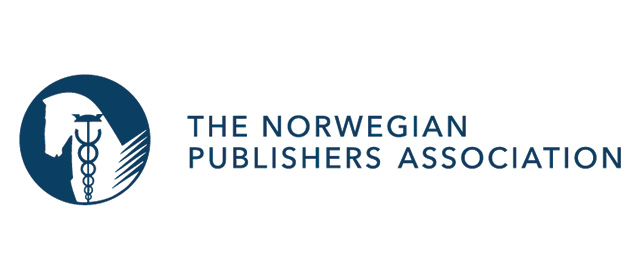During the Readmagine conference in 2024 there was a conversation on education, moderated by Marta Martínez, who is CEO at Grupo Anaya (Spain), with Karla Paniagua, Director of Design of “tomorrow” specialty at CENTRO (Mexico) and John Martin, former CEO of Sanoma Learning and currently Chairman of ILT Education (Sweden). In this conversation offered a comprehensive overview of the urgent need for creative, technology-integrated, yet balanced approaches to education reform. The discussion took place in the presence of some of the most innovative leaders of the publishing industry.
The extra appeal of the conversation was linked to the consequences that some of those challenges identified by the speakers could have for the publishing world more directly linked to the educational field, because the discussion delved into the dynamic challenges and potential innovations in the field.
Marta Martínez highlighted the rapid evolution driven by technological advancements, globalization, and social transformations, emphasizing the need for new educational models. She noted the critical role of education in fostering creativity, critical thinking, entrepreneurship, and technological proficiency.
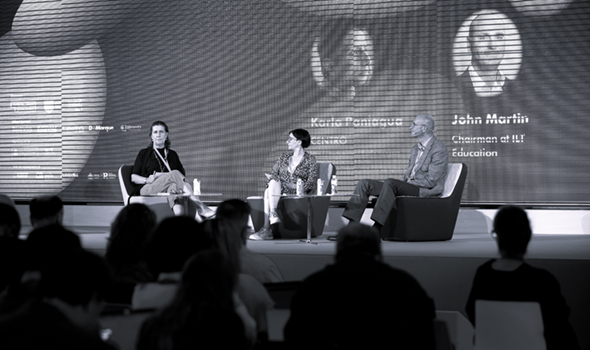
Technology is not equivalent to innovation
One of the important points was that technological advancements and their integration into education present both opportunities and challenges. This is driving to education systems worldwide face anxiety due to rapid changes and evolving demands, which are intensified by the results of some reports (PISA, PIRLS) that show a global declining student performance and the need for new skills and opening the discussion about the urgency for educational reforms.
The transition to digital learning -that was accelerated by pandemic crisis- brought forth both benefits and drawbacks. Because while technology offers numerous opportunities, it also poses risks if not aligned with educational goals.
Without reaching the “luddism” the debate on the appropriate use of digital devices in education is ongoing in Europe and some of the educational systems that were emblematic for their bet on digital now are coming back to a pre-digital educational strategy.
As Klara Paniagua declared the innovation should not be limited to technological advancements but also include pedagogical methods, human interactions, and resource management. The concept of innovation can vary significantly across different contexts, as seen in the differences between Mexico and Helsinki.
By his part, John Martin highlighted that the promise of digital learning tools is tempered by their mixed outcomes and the over-reliance on screens has led to negative impacts on learning and mental health.
Challenges for the next years
The most troubling challenges, according to Paniagua, are the lack of creativity, curiosity, and attention and these three elements are crucial for fostering innovation and problem-solving skills. The absence of these assets leads to an imagination crisis, affecting both educational and professional environments.
Martin stressed that a significant teacher shortage is predicted, with UNESCO estimating a need for 44 million new teachers by 2030 (attrition and demographic changes are the primary causes).
Some proposals for the innovation of the education that may impact in the industry
One of the ideas that attracted the greatest acceptance during that conversation was the role of language. Effective use of language is crucial for improving the learning experience, so developing skills in asking good questions and storytelling are essential for fostering curiosity and engagement within the pupils.
John Martin also proposed reducing administrative tasks and streamlining processes can free up teachers to focus more on student interaction.
The idea by Martin about designing learning resources that save time and are user-friendly was one of the main messages to the publishers focused on schoolbooks and educational content in general. Also the Paniagua’s proposal that both digital gamification and traditional games play a vital role in making learning engaging and enjoyable is part of the insights that could take into consideration about the future design of content.
Also, the personalization strategy through AI tutors and tailored pedagogies can enhance learning outcomes, together with the engagement is key to improving learner outcomes, requiring innovative approaches that resonate with students. As well as designing learning resources that save time and are user-friendly is essential.
For the next few years there is a need to find the right balance between digital tools and traditional methods to maximize learning benefits while minimizing negative impacts.
Paniagua expressed a desire for resilience and creativity in utilizing available resources to improve educational experiences. Martin emphasized the importance of nuanced discussions and understanding in addressing educational challenges, advocating for less polarization and more collaborative problem-solving.
The crucial role of understanding the technologies of the word
If during the mentioned session in Readmagine one of the most striking mentions was on the decline on language skills, some of the reflections that the publishing professionals that could develop are linked to the future of their work and business strategies.
From a deeper perspective the role of language is totally interrelated with technology. If Walter Ong’s seminal work “Orality and Literacy: The Technologizing of the Word” explored the profound implications of the transition from oral cultures to written cultures, now we could also explore the meaning of this as part of a transition to digital.
Ong contrasted oral cultures, where knowledge is transmitted primarily through spoken words and memory, with literate cultures, where written texts enable communication and preservation of knowledge across time and space. If he argued brilliantly that the shift from orality to literacy fundamentally alters human cognition and culture, what could be said about the impact on cognition triggered by digital devices and processes?
By other hand if Ong introduced the concept of “secondary orality,” describing how electronic media (such as television and the internet) revive oral communication patterns in literate societies. The publishers now could argue if the audio format (podcast, audiobooks, audio lessons…) could also imply that some of the oral characteristics (e.g., immediacy, interaction with other persons, sense of community) might be some of the elements that should take into consideration for the design of new business models.
From the perspective of a non-for-profit organisation devoted to the research and promotion of reading the effects of literacy are paramount. As Ong explains literacy restructures consciousness: writing allows for abstraction, analysis, and critical reflection in ways that orality does not.
This cognitive shift results in a more analytical and individuated thought process, impacting philosophy, science, and critical thinking. Those factors might be considered, not only by the policymakers but also by the educational publishing strategists.
Written texts fix language in a visible form in our minds, allowing for precise definitions and complex argumentation. This permanence and fix nature of written texts enable cumulative knowledge and the evolution of sophisticated cultures.




